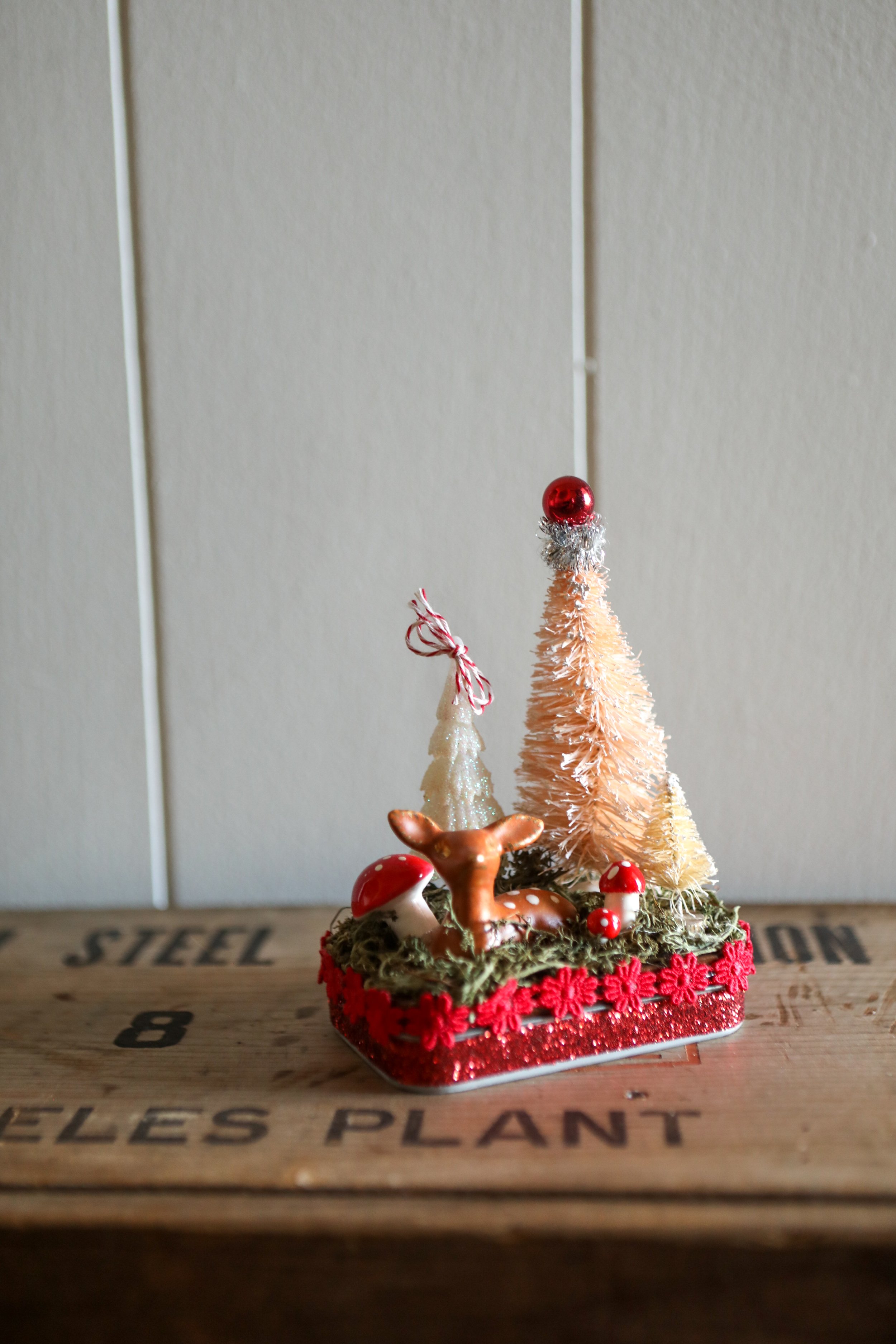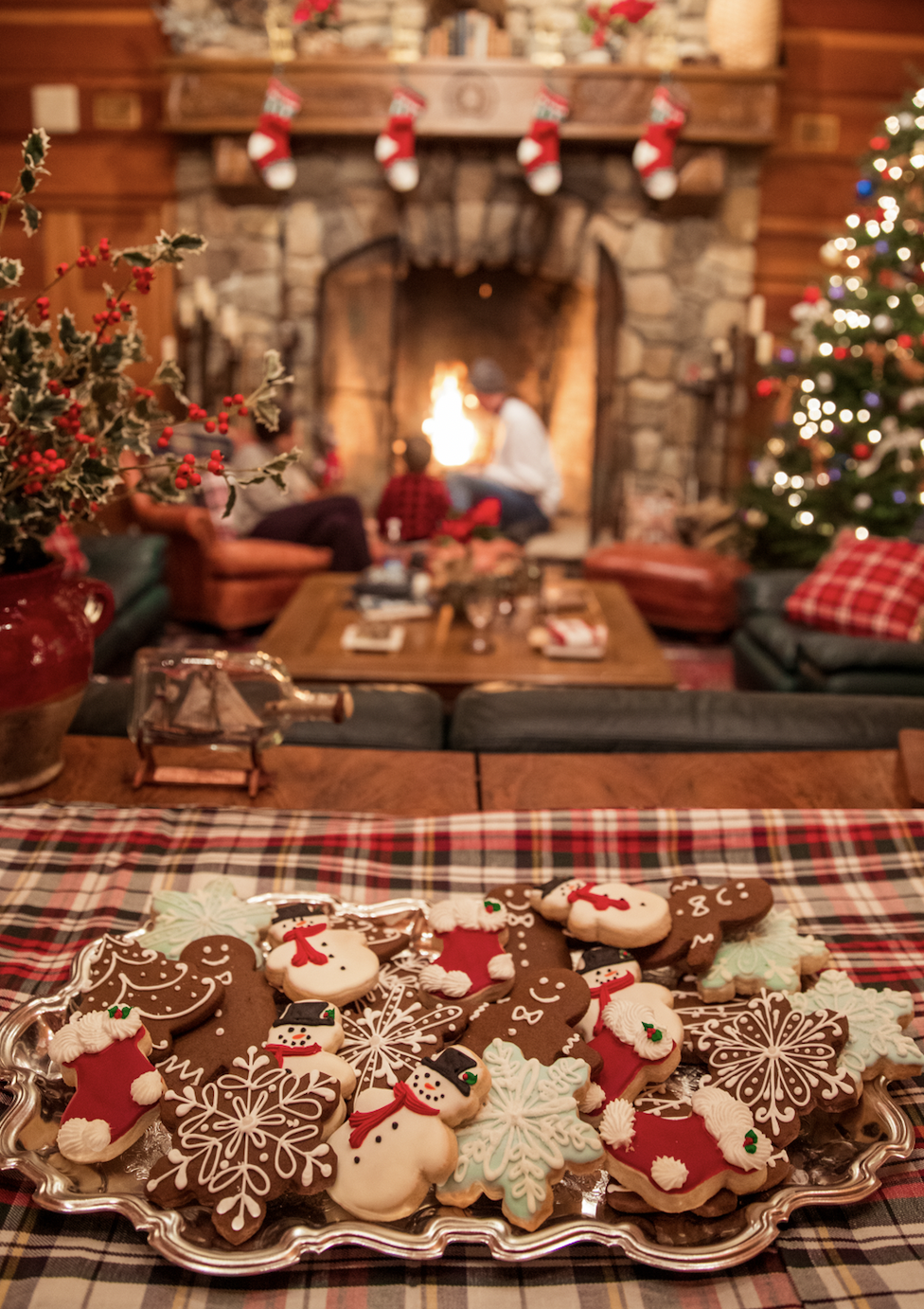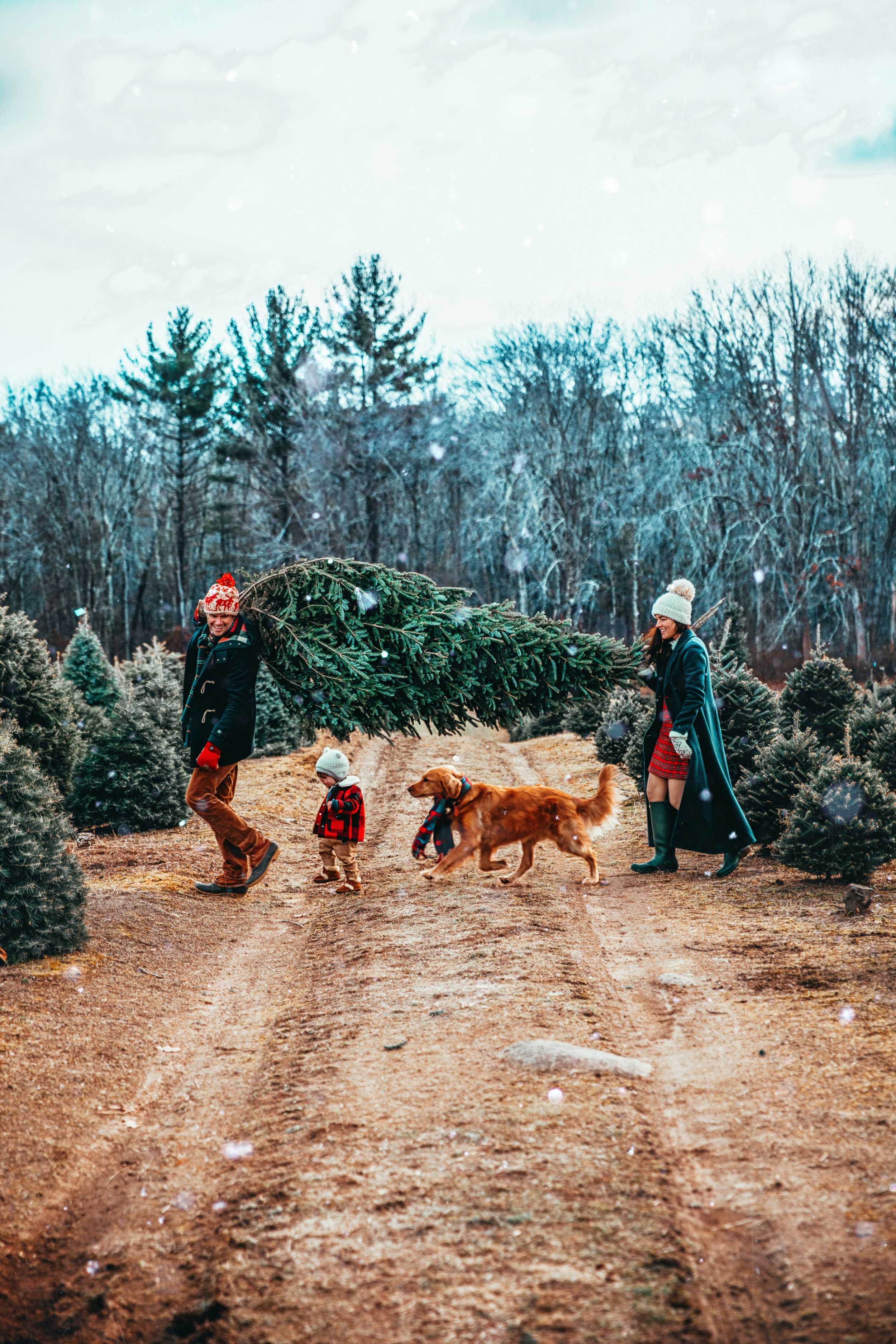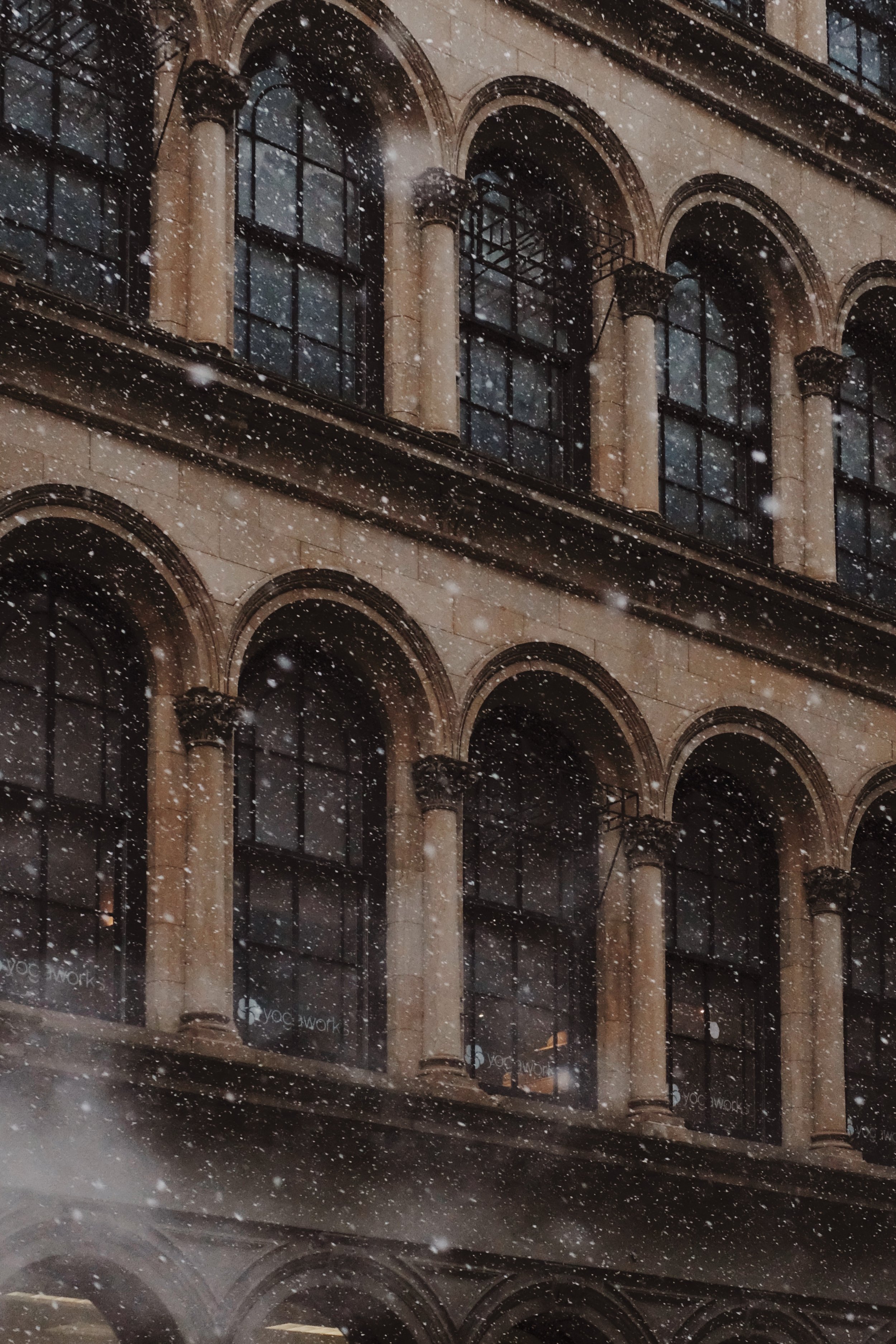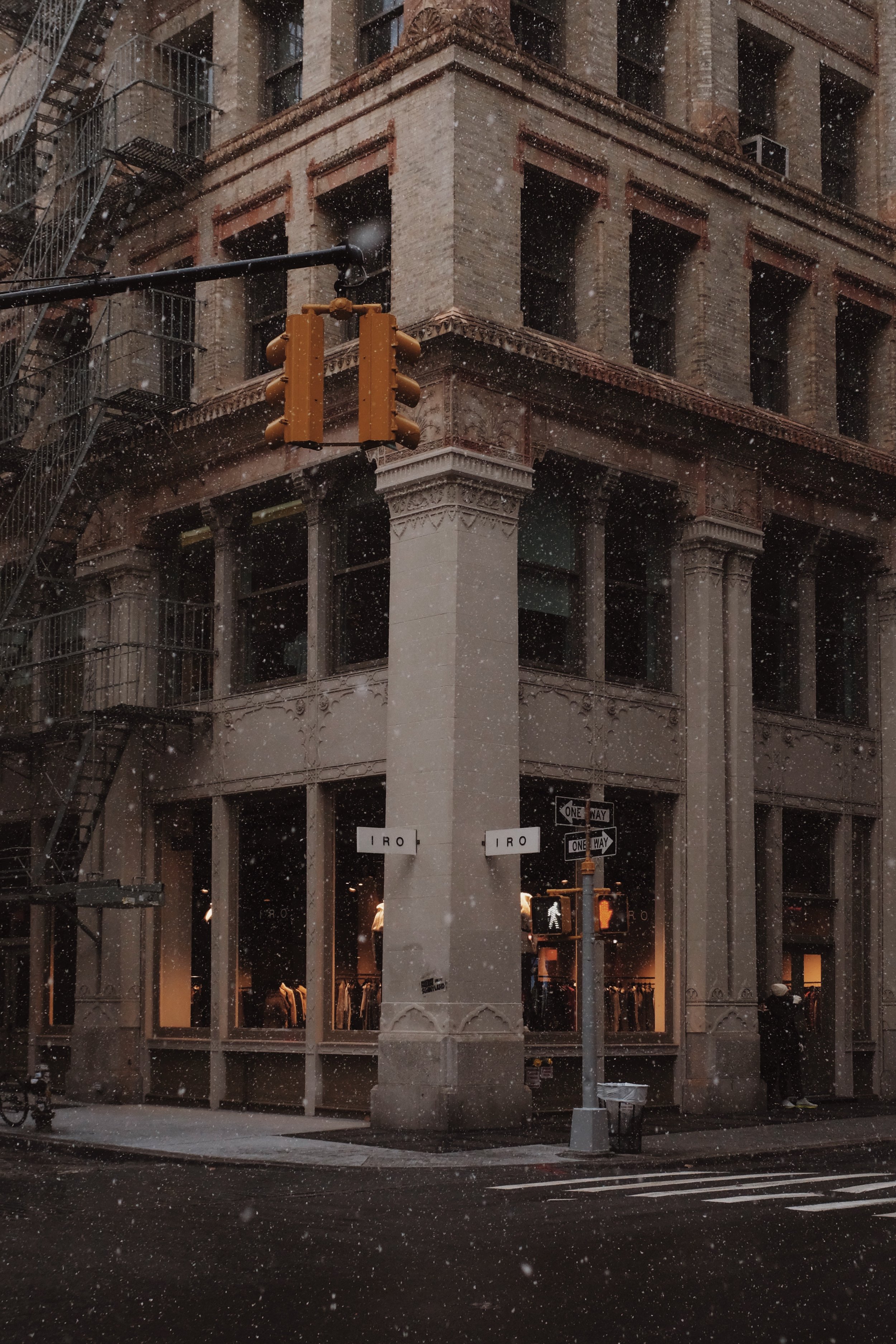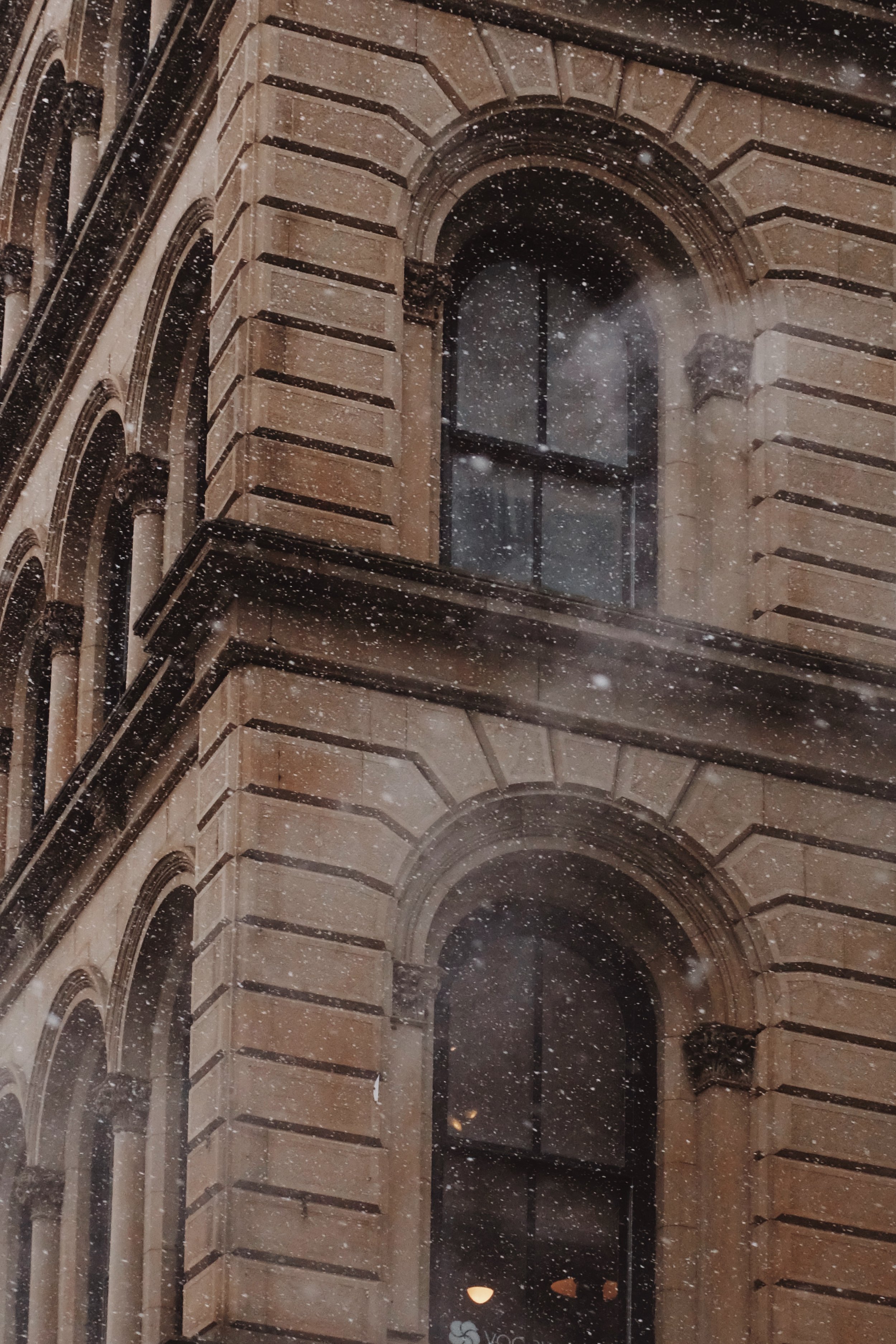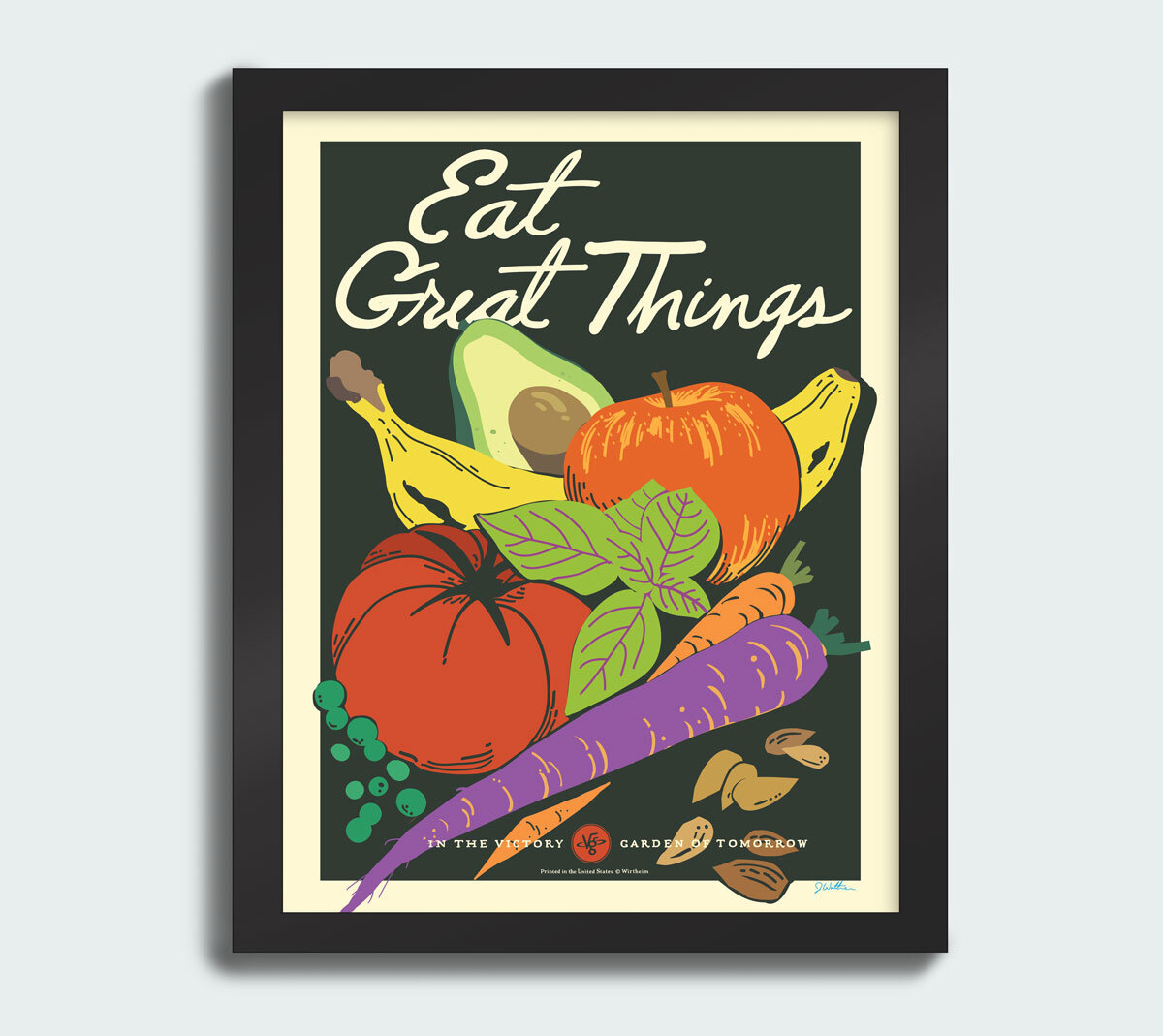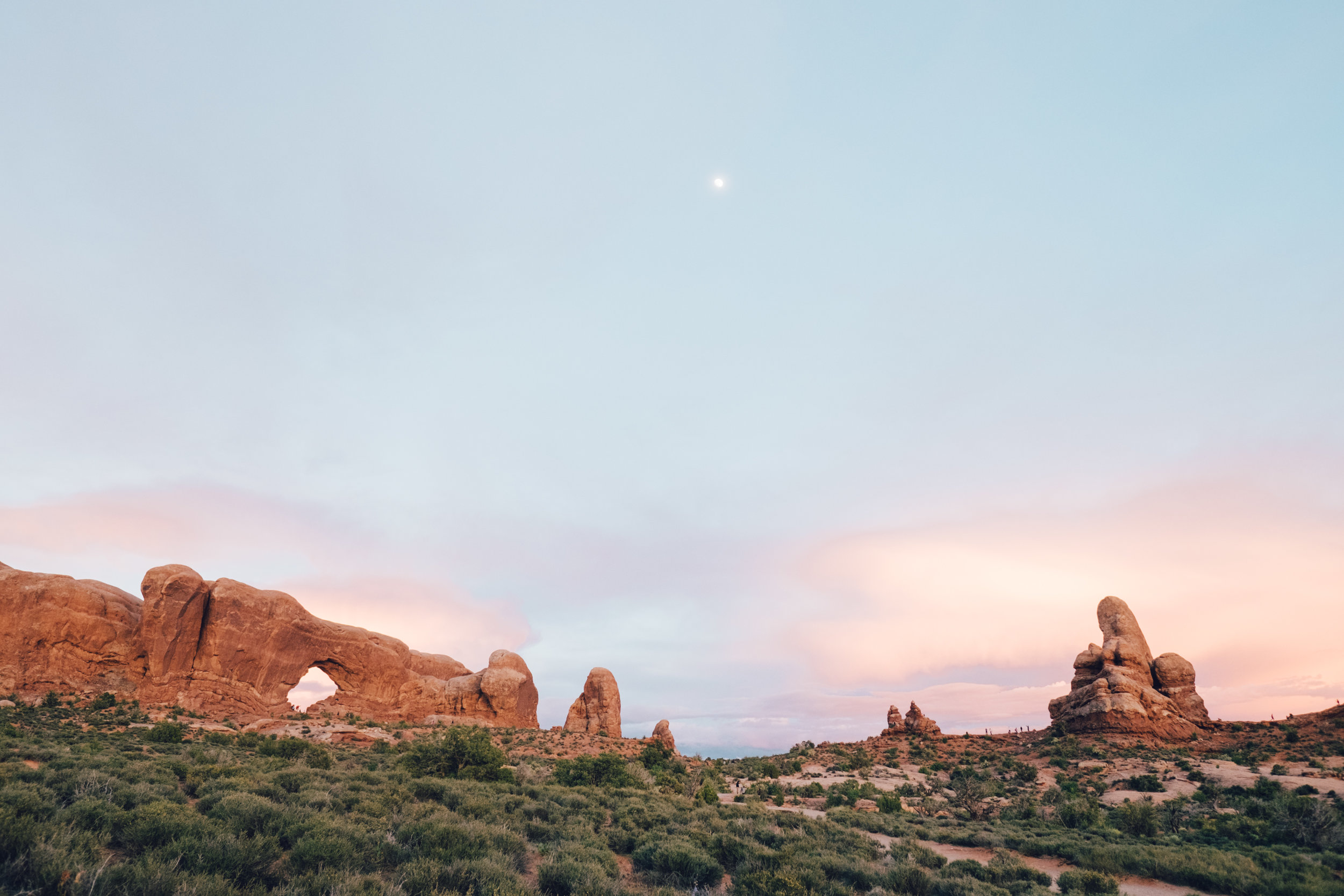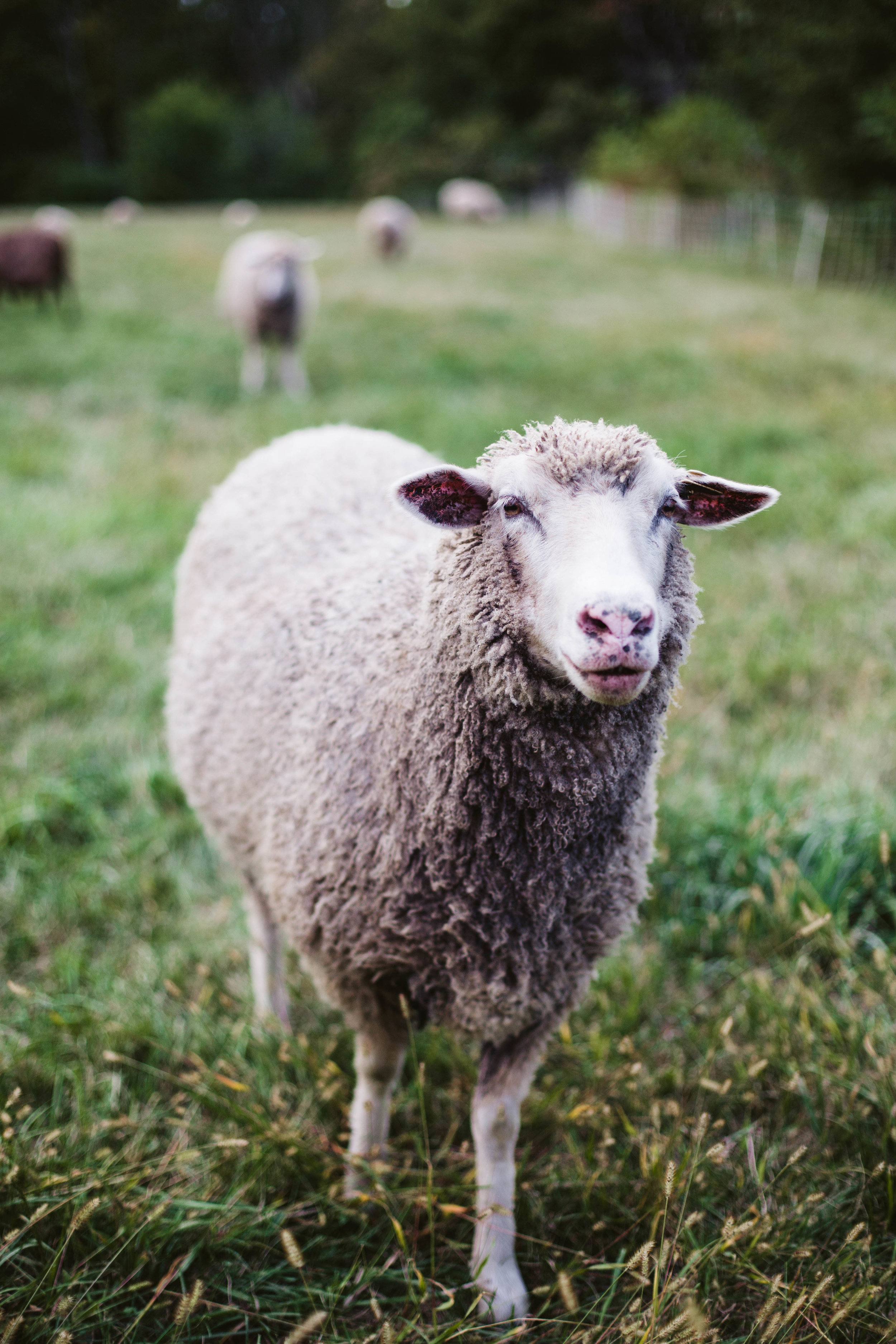Southern Cornbread: A Story by @bethkirby
Ben Ashby
Our lives are like layers of soil, histories heaped upon histories, stratified by the major events in our lives. We can rediscover all manner of fossils and artifacts, and in turn fertile topsoil can cover the volcanic ash of the past. We have an infinite capacity for growth, rediscovery, and change, and as I’ve gotten older I’ve rediscovered many things: my feet on the earth, the kitchen, and Tennessee.— Elizabeth KirbyMy grandmother’s cornbread was a crisp golden brown. It was cast iron. It was a mason jar of bacon grease kept in the cupboard and a jug of buttermilk in the door of the Frigidaire. It was “home again home again jiggity jog”. It was Lincoln logs. It was sitting at her dining room table looking out the sliding glass door onto the back porch where we cracked walnuts and my brother and I smeared lighting bugs onto the pavement in senseless acts of childhood iridescence. It was torn into pieces into a glass of milk and eaten with a spoon. It was badminton and the smell of birdseed. It was childhood, and it was her.
Until a month or so ago when I finally decided to make it myself, I hadn’t tasted cornbread like hers in fifteen years, really didn’t eat cornbread at all. Didn’t bake it either. It might as well of died along with her when I was fourteen. At least it seemed that way for far too long. I didn’t expect her to die when she did. I wasn’t prepared. I hadn’t taken notes. I didn’t know what they would do with all her preserves, and I wept. There just didn’t seem to be anything to be done about any of it. It was hard, losing her, and for a few weeks I tried to pretend it simply hadn’t happened. She was like a second mother, and it appeared to me like some impossible necromancy to attempt to make that cornbread, so I just never did. Grandmother was dead, and cornbread was over. That was just how it was or so it seemed. Around the time she passed away I was beginning to develop that girlish sort of madness common at that age, and over the course of my adolescence I drifted farther and farther into the self-obsession that is being a teenager, and by the end I’d forgotten about cornbread, fireflies, badminton, and all that.
But. That was not that. Our lives are like layers of soil, histories heaped upon histories, stratified by the major events in our lives. We can rediscover all manner of fossils and artifacts, and in turn fertile topsoil can cover the volcanic ash of the past. We have an infinite capacity for growth, rediscovery, and change, and as I’ve gotten older I’ve rediscovered many things: my feet on the earth, the kitchen, and Tennessee. In this past year I’ve also put many things behind me, and as I form a new layer in the geological history of my life there is again cornbread and cast iron and therein lie fragments of the intricate, complicated histories of both myself and the south.
Cornbread in milk (or buttermilk) is an older southern midnight snack: when the day’s cornbread had become dry it was torn into pieces and soaked in milk and eaten with a spoon. Last month I sat at my dining room table and eagerly crumbled a piece of cornbread into a glass of raw milk for the first time in fifteen years. The taste possessed the same immediacy of memory as a familiar scent. I almost cried. I was effervescent, prattling on in excitement about how “it’s just like...just like”. None of it was gone at all, not her, not cornbread.
As for the ingredients, I use freshly milled corn from both Simple Gifts Farm (a beautiful roughly hewn mix of blue, red, and yellow corn from the Signal Mountain market on Thursdays) and River Ridge Mills (a finer textured yellow corn from the Main Street market on Wednesdays). I prefer to use the former for the coconut cornbread and the latter for the buttermilk as it gives it the most traditional taste and texture, the one I remember. I use Cruze Farms Buttermilk and bacon grease from Link 41 bacon that I save in a dedicated mason jar. I often use canola oil or coconut oil in place of the bacon grease in the buttermilk cornbread, content to merely smear the bacon drippings on my pan.
CAST IRON CORNBREAD
Whether you like it slathered in butter or drizzled with honey, plain or with milk like I take mine, each of these two variations has it’s own virtues. So I give you cast iron cornbread, two ways: the classic buttermilk and bacon grease cornbread of my youth and my own nouveau southern interpretation using coconut oil and cultured coconut milk. Southern food is an ever evolving, living organism with new innovations constantly being born of traditional recipes, and I think making the food your own is important. It keeps our cuisine vital. So feel free to play with fats, the cornmeal, the liquid, and various flavorings. I’m a purist so I don’t tend to put cheese and the like in my cornbread, but that doesn’t mean you can’t. These recipes are blank slates for endless sweet and savory variations if you like.
BUTTERMILK BACON GREASE CORNBREAD
Ingredients
1 1/4 cup (175 g) cornmeal
3 tablespoons flour
1 teaspoon salt
3/4 teaspoon baking powder
3 tablespoon bacon grease, vegetable oil, or shortening
2 eggs, lightly beaten
1 cup (240 g) buttermilk
1/4 teaspoon baking soda, dissolved in a bit of water
Bacon grease for greasing the pan
Heat oven to 425°. Grease a cast iron skillet with bacon grease and place in the oven while it heats. Mix the first four ingredients in a medium mixing bowl. Cut in the fat with your fingers or two knives, mixing well until you have a sandy texture. Combine the eggs and the buttermilk, add to the dry ingredients, and mix to combine well. Add the baking soda and stir to combine. Pour the mixture into the hot skillet and bake for 20 minutes. Invert onto a plate. I like to serve it upside down with the nice crispy side up like she did.
CULTURED COCONUT MILK CORNBREAD
Variation
Substitute 3 tablespoons refined coconut oil (you need refined coconut oil as opposed to unrefined to withstand the heat of baking) for the vegetable oil, and 1 cup of cultured coconut milk (can be found in the dairy aisle usually next the kefir) for the buttermilk. Grease the skillet with the coconut oil as opposed to bacon grease.







